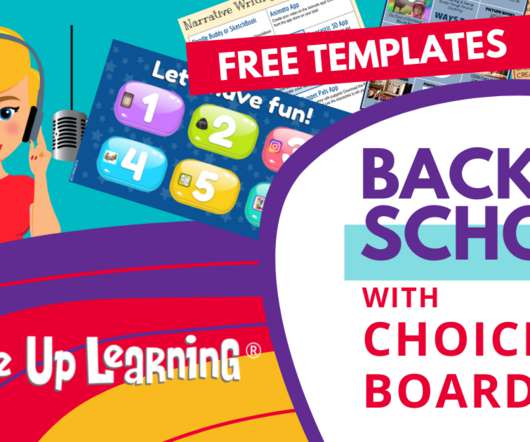Building an Inclusive Classroom: 3 Key Fundamentals for Equity in Modern Classroom Design
ViewSonic Education
OCTOBER 8, 2024
To help you get started, weve got three easy-to-understand fundamentals of classroom inclusivity, all inspired by the principles of Universal Design for Learning (UDL). One of the main ideas behind UDL is to create spaces that are accessible to everyonestudents and teachers alike.














Let's personalize your content